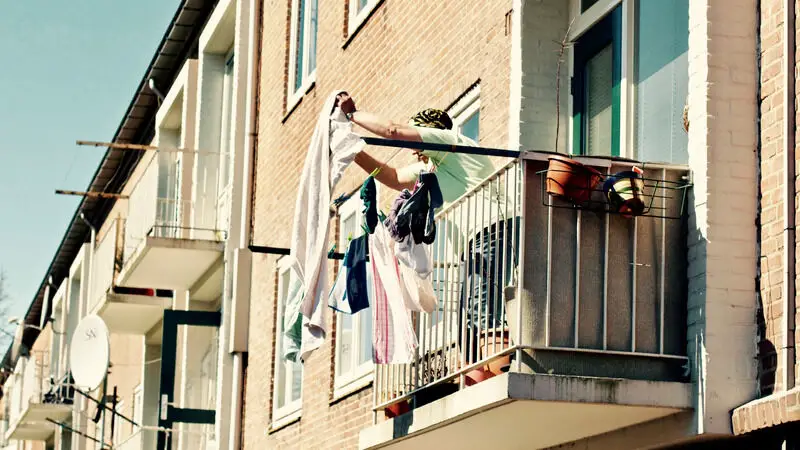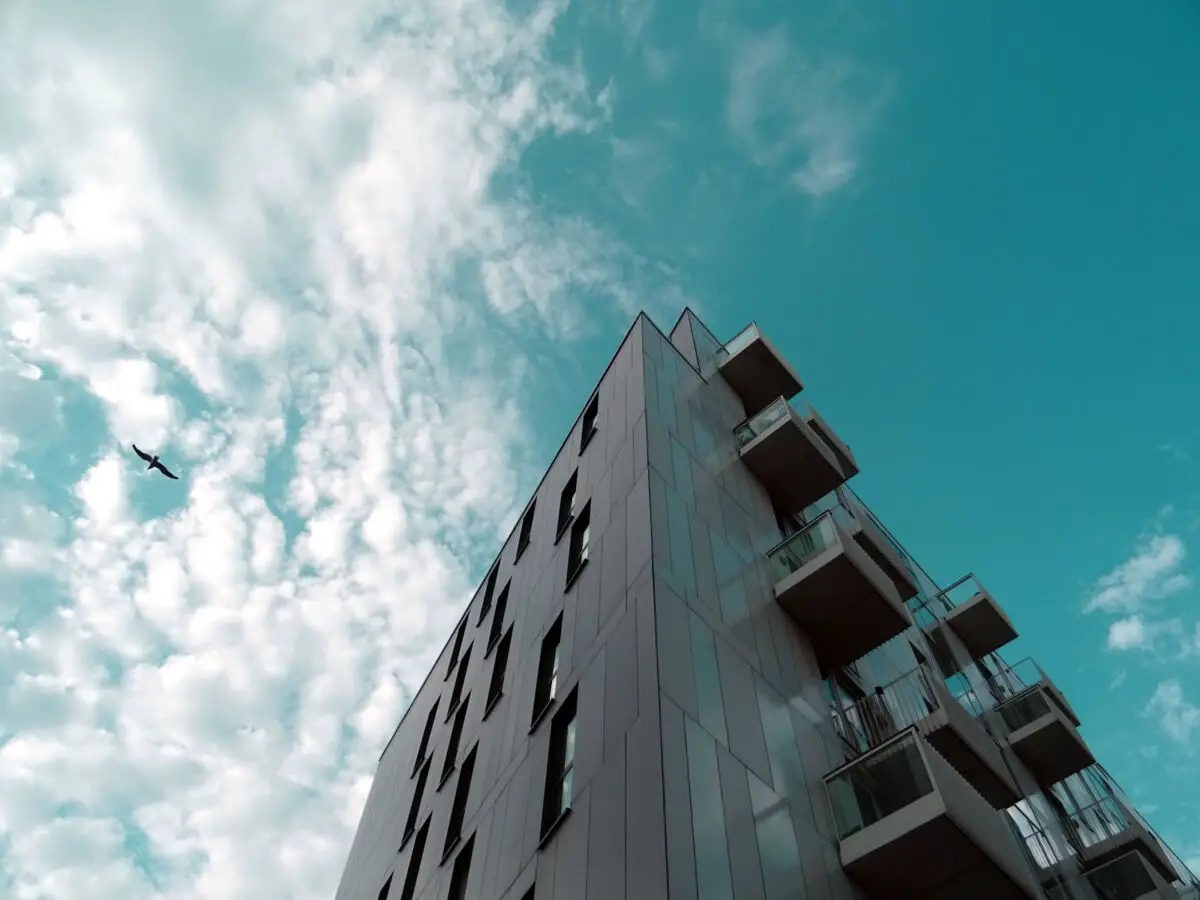A balcony acts as an extra space that conveniently connects your interior living space with the outdoors. To enjoy such a space, you must be fully assured of your safety.
The safety of concrete balconies depends on various factors like the age of the building, exposure to the elements, railing corrosion, water penetration, and cracks. Regular maintenance, constant inspection, and timely attention to repairs will further safeguard the structural integrity and safety.
Here are the key issues you need to know about concrete balcony safety.
Neglected Balconies Can Be a Danger to People Below
Without regular inspection and maintenance, balconies can become a risk not only to you, your family, pets, and guests, but also to those living or passing below.
One study covering the period 1990-2006 indicated that there were over 86,000 fall cases in the United States related to building structural issues. That is particularly worrying when you consider that the chance of surviving a 3rd-floor fall is only 50%.
Even a low balcony on the 2nd floor presents a potential danger. That is why you should have your balcony inspected annually.
A key safety issue with balconies is falling concrete.
Have you noticed missing pieces of concrete on your balcony? Such missing portions may be found on the ground and probably ignored or simply discarded. However, even a small piece of concrete falling from above can seriously injure or even kill people below.

Factors That Determine Balcony Safety
When properly constructed, a concrete balcony tends to increase in compressive strength as it ages.
However, when influenced by various external factors, such balconies can deteriorate and easily become a major hazard instead of the versatile outdoor space people enjoy. While it is easy to notice deterioration in timber balconies, concrete is not as obvious.
However, certain factors determine the safety of your balcony.
Balcony Load Limits
This might seem like common sense, but it’s surprising how little tenants generally know about their balconies’ load-bearing capacity.
Usually, balconies are used by a small group of 3 to 5 family members. When 20 to 50 or more adults gather together on a balcony, the stress levels on the structure may reach a breaking point. The balcony can collapse, causing serious physical injury or death.
When evaluating the total weight on your balcony, also factor in the BBQ grill, tables, chairs, and heavy flower pots!
Type of Concrete Balcony
There are two kinds of concrete balconies in use today.
One type is the continuous slab balcony. It’s simply an extension of the concrete floor slab of a building. This is an integrated concrete balcony.
The other type is constructed using steel planks extending from the building’s frame, which are then filled with concrete.
Balcony railings in the two types of balconies are either welded or mounted to plates within the concrete. Such perimeter railings are subject to prolonged deterioration, if not well maintained and regularly inspected, and can become a major safety issue.
Waterproofing and Sealing
If the sides and slab tops of your balcony are not waterproofed or treated correctly, the lifespan of your outdoor haven may be short. Without good waterproofing, concrete becomes vulnerable to damage due to moisture, freezing, and subsequent thawing.
Areas that require special attention are joints where the building meets the balcony and where balcony railing posts attach. The materials used are prone to damage, and they are more exposed if the builder didn’t use the proper sealant. Such areas require continuous and regular maintenance.
Balcony Railings
Railings keep you and your items on the balcony safe and secure.
However, corrosion in the railing may occur when tiny cracks begin appearing in the concrete surface, and allow penetration of moisture. Though such cracks might look harmless, over time, the wall and floor brackets securing the railings can come loose.
This creates a potential scenario where someone can fall.
For safety, check these railings every few months.
The railing strength and firmness can also be tested by carefully pushing or shaking them. Sometimes, all it needs is to tighten a loose screw or bolt. But some railings may need to be replaced altogether.
Rebar in Concrete
Typically, balconies are made of a mix of concrete and rebar. While concrete provides compressive strength, rebar gives tensile strength.
In case cracks appear on the concrete, water can seep in and cause corrosion in the rebar. This will reduce the overall strength of the concrete.
Therefore, regularly check for visible cracks or any signs of discoloration as that possibly indicates a problem.
Ponding Water
Another potential issue that can accelerate or worsen deterioration of your balcony is ponding water. This normally happens because of excessive waviness or inadequate slopes.
To deal with this, ensure that all the water that hits your balcony surface has a clear and sloppy path for runoff.
With plenty of wind and sun exposure, water ponding eventually dries out. However, if your balcony is hidden or shaded, it may take longer for the water to dry up.
Water ponding areas that are covered by either pavers or tile may never dry out completely, leading to faster deterioration of your balcony.
Seasonal Climatic Changes
Humid summers and freezing winters generally cause lots of variation in the expansion and shrinking of structures throughout the year. Your concrete balcony is no exception.
Although the temperature variations in a balcony may be small, they can still lead to small, gradual, and critical damage. Don’t take any chances with the safety and security of your loved ones by neglecting your balcony.
If you note chips, cracks, or other danger signs on your balcony, call in the professionals as soon as possible (if it’s something you cannot handle on your own).
Regular Maintenance
Over time, all balconies will show signs of wear and tear, leading to real safety issues.
You should seal voids and cracks as soon as they appear in the slab of your balcony. When such are left unattended for long, they expand quicker, leading to major structural issues. Remember, even the smallest of cracks can cause disaster in the long run and must be addressed before it progresses.
If you notice spalling or flaking in the concrete, this may be indicative of a serious problem that may call for the attention of a licensed builder or structural engineer.
When to Inspect and Repair Your Balcony
Property owners and even tenants should routinely inspect their buildings and balconies. It also helps to engage the services of professionals every year, as they can provide a detailed, high-quality inspection.
Generally, the best time to do the inspection and undertake any necessary repairs is in early spring. This is before the heavy use of your balcony sets in summer and after the freezing temperatures are gone.

Who Should Inspect Concrete Balconies?
Only qualified engineering professionals should inspect and restore concrete balconies. And they should have a proven track record of not just reviewing but restoring balconies.
If you are living in a rented apartment and you notice a problem that requires repair, it’s best to steer clear of that specific area. Then notify the landlord or property manager for the necessary action to be taken.
Conclusion
If you have such an outdoor balcony space, you need to give it much attention and care. Over time, it’s prone to wear, inclement weather, as well as the general conditions of the building, which it’s an extension of.
With proper care, your balcony will last long and remain safe.

